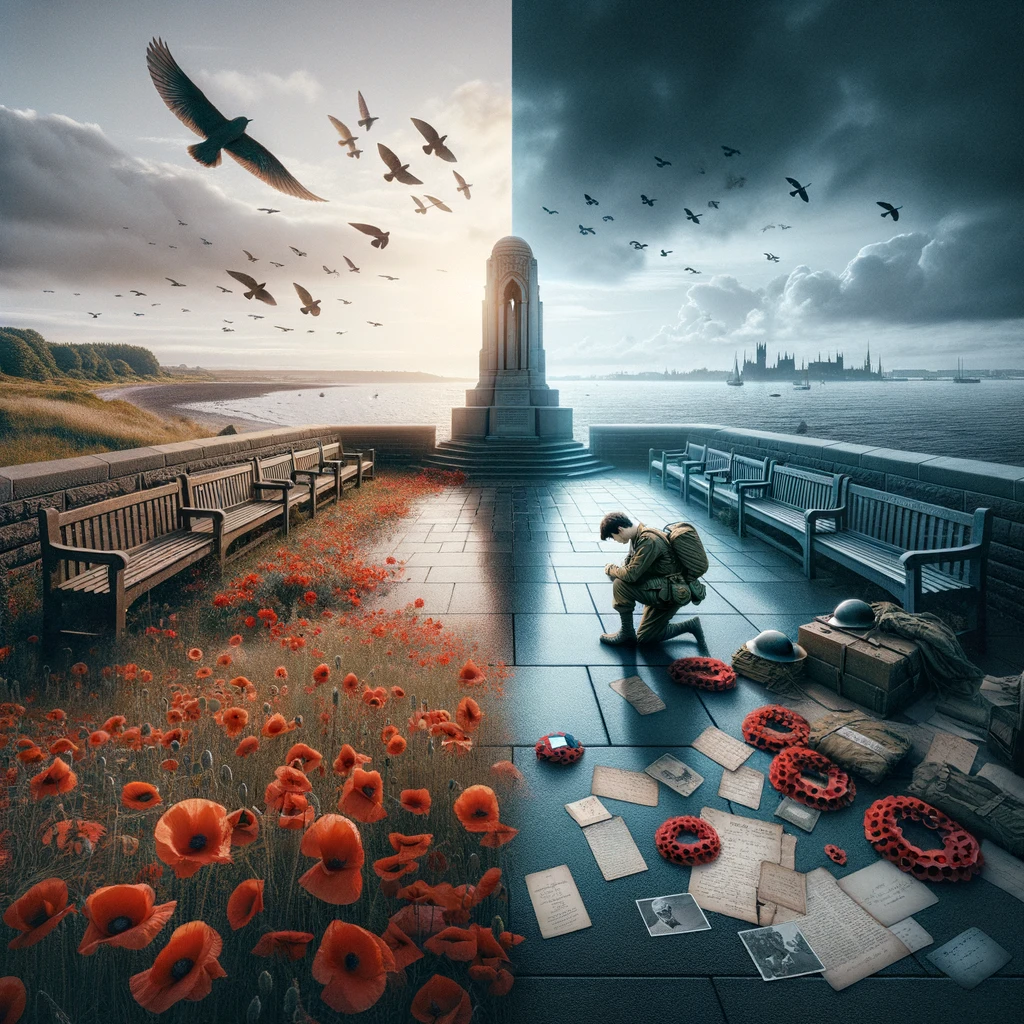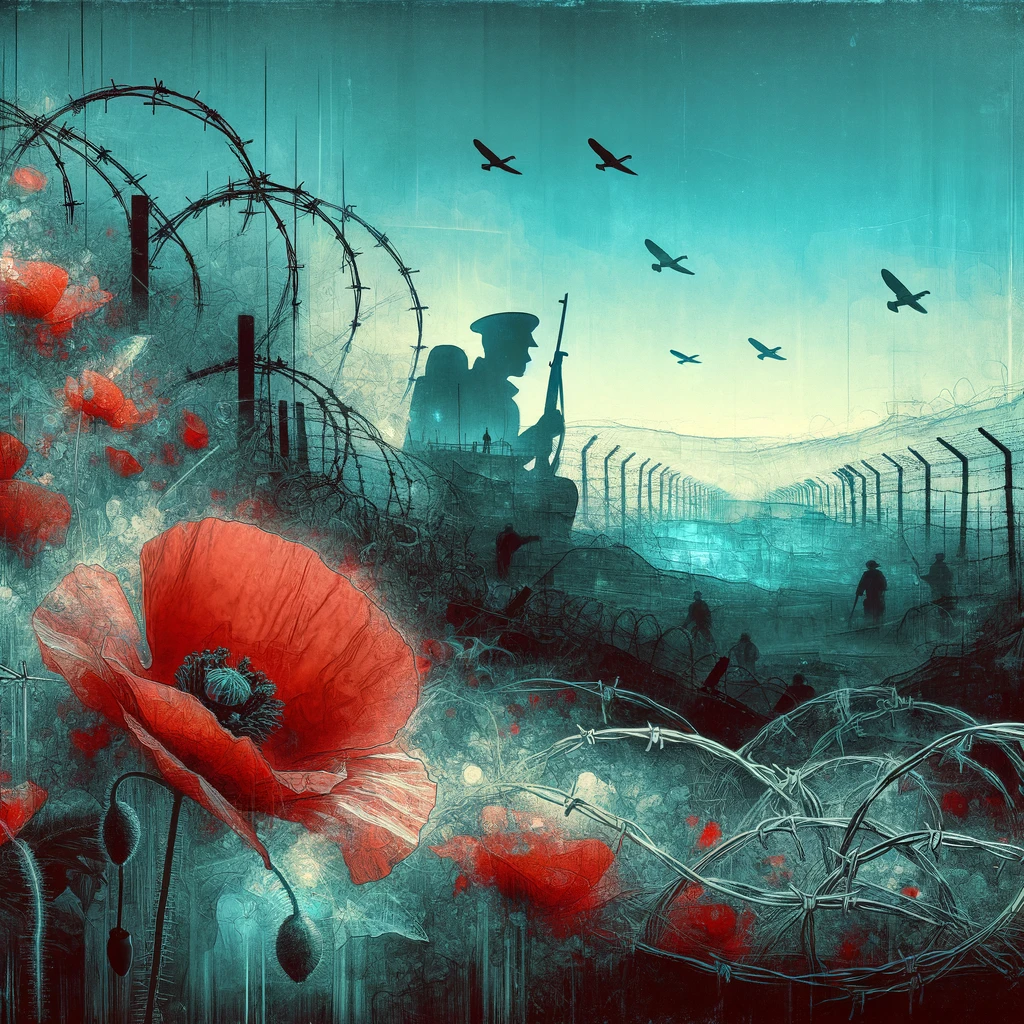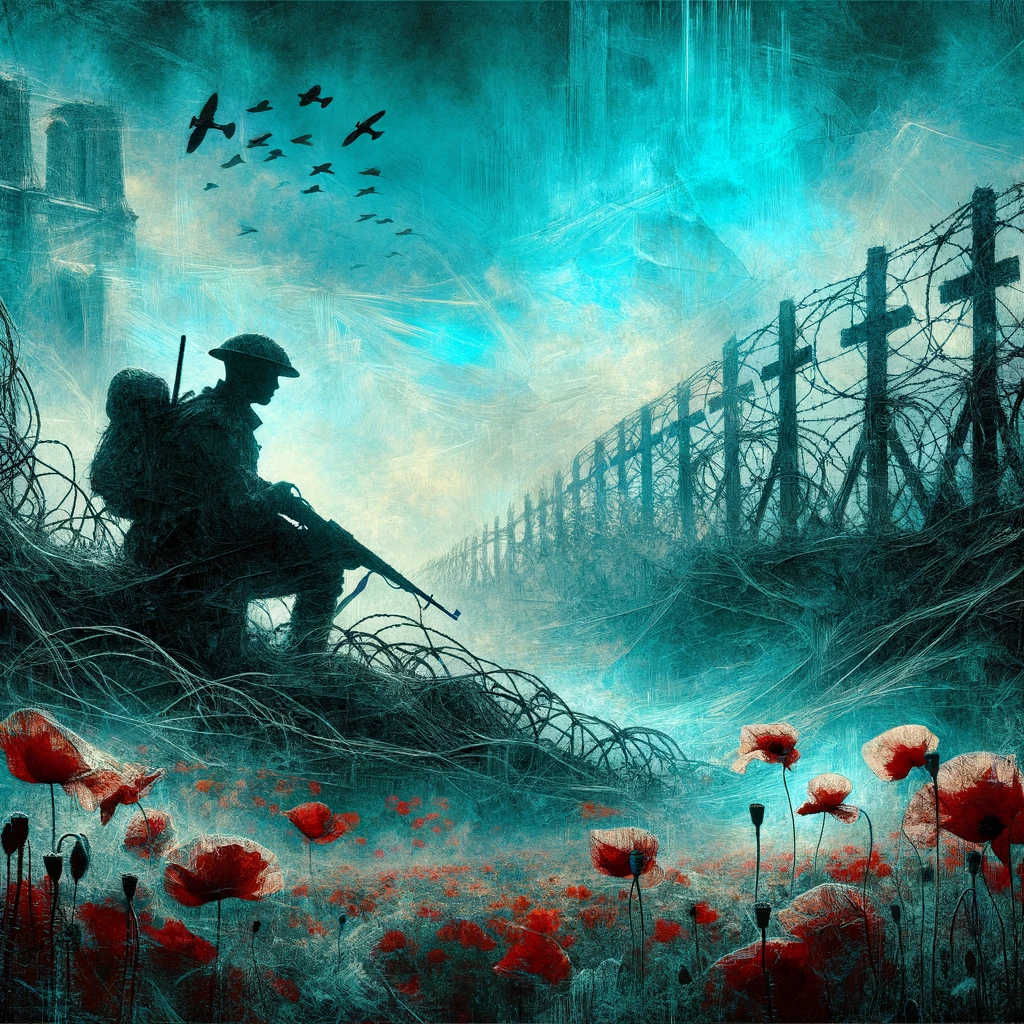
It’s Oavo with another special about more inspirational people from Our Sunny Wirral. Meet Wilfred Owen—an iconic World War I poet whose name echoes through history. But did you know about his hidden connection to our very own Wirral? In this exploration of Wilfred Owen’s life, we’re taking you back to his Wirral roots. Let’s uncover how the landscapes, schools, and experiences of our cherished region shaped his poetic voice and enduring legacy.
Growing Up on Wirral’s Tranquil Shores
Picture this: It’s March 18, 1893, and a baby named Wilfred Owen is born at Plas Wilmot in Plas Newton village. Our Wirral Peninsula, with its rolling hills and the gentle Mersey Estuary, was his playground. These same vistas that we adore likely kindled the spark of his creativity and sensitivity.
Who Is Wilfred Owen? Nurtured by Birkenhead Institute
Wilfred’s educational journey began right here on Wirral at Birkenhead Institute. It was a place that cherished artistic growth and intellect. Those school days were the first steps in crafting the poet we now cherish. Wirral played a crucial role in nurturing his budding poetic talents.
Wirral’s Mark on His Poetry
Fast forward to his poems. In “Dulce et Decorum Est,” Owen vividly portrays a gas attack. It’s almost like the Wirral’s serene beauty meets the harshness of war in his verses. The landscapes of his youth become a canvas for the turmoil of battle.
Impact of World War I
When Wilfred left our Wirral for World War I, it was a turning point. The calm here clashed with the chaos of war. But these stark differences fueled his determination to uncover war’s truths. His personal experiences, anchored in Wirral memories, inspired his mission to reveal war’s realities.
Celebrating Wilfred Owen on Wirral
Our community keeps his legacy alive. Plaques, events, and memorials across Wirral honor his memory and poetry. The Wilfred Owen Story in Birkenhead stands tall, a tribute to his Wirral connection. It’s a chance to get to know the man who penned those powerful verses.

Exploring Wilfred Owen’s Poetic Legacy
“Anthem for Doomed Youth” mourns soldiers’ lives lost in the trenches. It asks if there’s dignity in war and questions why young lives are sacrificed.
“The Send-Off,” another hidden treasure, paints the sorrowful departure of soldiers leaving for war, surrounded by cheers that mask the true nature of their journey.
“Dulce et Decorum Est,” perhaps Owen’s most renowned work, challenges the idea that dying for one’s country is glorious. It reveals the horror of a gas attack and the grim realities of war.
In the poem “Futility,” Owen questions war’s impact, invoking the warmth of love to revive a fallen soldier. Even in darkness, the poem’s plea for compassion shines.
His heartfelt words, penned during the turmoil of World War I, cross time, urging us to ponder the scars of war and the search for togetherness.
Community Conclusion: Who Is Wilfred Owen?
In a world where echoes of conflict still linger, Wilfred Owen’s strong stand against war lights the way. He came from Wirral, and the things he believed in fit well with talking about making peace and coming together. His words touch our hearts and encourage us to face the hurt caused by war and work for togetherness. As we follow Wilfred Owen’s journey—from Wirral’s comfort to the battlefield and back—we’re like threads woven into a tapestry of shared thoughts.
His poems aren’t just old stories; they’re like a light helping us understand and heal. Wirral’s natural beauty, forever captured in Owen’s poems, inspires us to look inside ourselves, care about others, and spark a lasting peace. It all begins right here, in our special Wirral community, and spreads out to the whole world.
The Team at karlsideas.com / everyonescommunityopinions.com


Leave a Reply